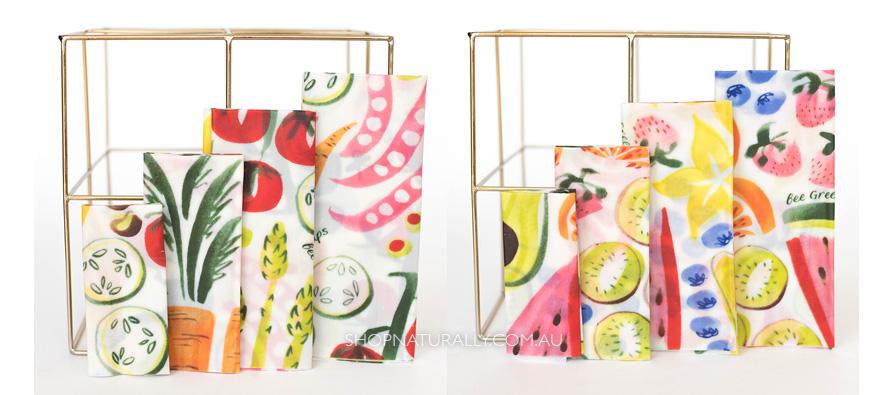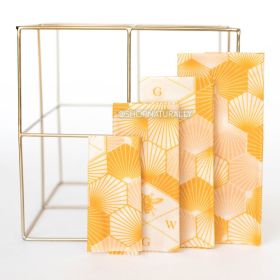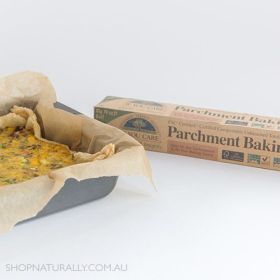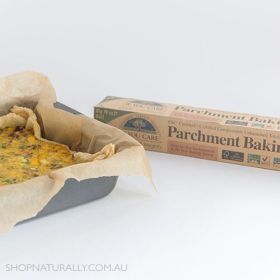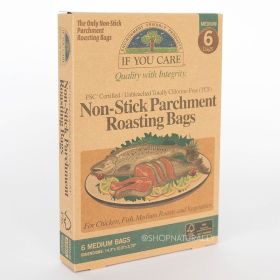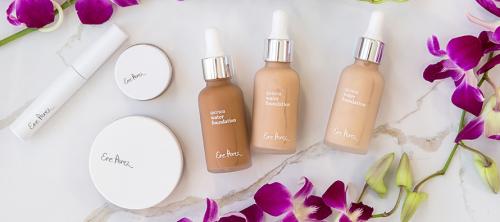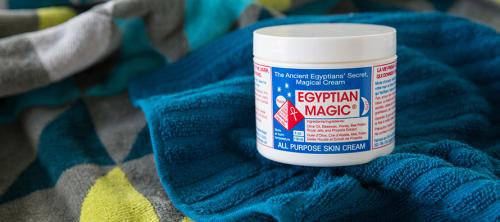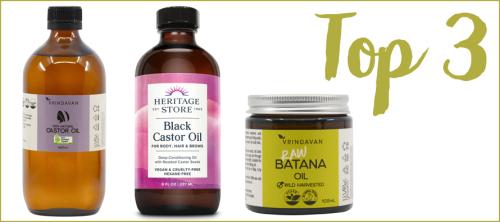How to care for beeswax wraps
Beeswax wraps are a natural and eco friendly option to help you rid your kitchen of single use plastic. Do you know how to care for beeswax wraps? They are made with the combination of beeswax, tree resin and organic jojoba oil and can help to keep certain fresh foods fresher for longer. Because of these natural ingredients and the way they react to heat, they do need some careful care and attention to keep them in use for as long as possible. They don't just replace cling film either, use them with your kids lunch as reusable sandwich wraps, or wrap anything from cheese, bread, crackers, fruit and veggies and more. Cover leftovers in the fridge or wrap an avocado half to use the next day.
How to care for beeswax wraps - our top 10 tips
Whether your fabric beeswax wraps are store bought or home made, they should last up to a year depending on care and use and the recipe used. Those who don't get that perfect recipe balance and are stiffer will have a shorter life because the wax cracks and food gets in. If you don't care for them, they can be useless in just a few short weeks. For wraps that are used heavily expect slightly less lifespan but if you take good care of your wrap you can extend its life.
Here are a few very important things to keep in mind:
- Protect wraps from all heat sources such as the oven, microwave, dishwasher, hot water, full sun on a hot day for extended periods – or anything else hot enough to melt wax. Beeswax melts at around 62-62°C, but it begins to soften before getting to that temperature.
- When folding your wraps, try not to create a hard crease fold in the same place over and over again.
- Don't use on food that's still warm or not and keep them away from raw meat.
- A completely sealed beeswax wrap should be waterproof, so most foods simply require you to clean it by wiping with a damp cloth
- For foods that require more complex cleaning, use cool water and a mild detergent.
- If dried bits of food are on your wrap, picking it off may also remove wax. Soak in cold water first.
- Stains from food like beetroot are natural wear and tear and difficult to wash off. Consider using parchment paper in these instances.
- After washing, rinse any soap residue off and lay somewhere flat on top of a tea towel, or drape over something to dry. Once dry, fold or roll your wraps and store so they are ready to go next time you need them.
- If using the wraps to make a bag/pouch, don’t tear the bag open, rather unfold it carefully the same way as it was folded to reduce un-necessary wear.
- Refresh your wraps out in the sun or in a really low oven to allow the wax to redistribute. You can also top up with some grated beeswax if they're starting to wear thin in places
Want something more durable?
Food grade silicone has become an increasingly popular material for reusable products because of it's durability. While beeswax wraps are biodegradable, they have a relatively short shelf life. You could still be using a silicone food wrap a decade after you purchased it if you take care of it. In the long run, they're significantly cheaper.
Read our blog post The Versatility of Silicone Reusables Over Single Use Plastic for some tips on what you can change, from straws to baking cups, ice cube trays, sandwich bags and more. There's an interesting post from Wellness Mama about silicone being safe for baking. From our own research with the author of Healthy Home Healthy Family, it's safe as long as you're not baking at high temperatures with fatty foods, meat in particular. Whether you choose to bake with silicone or not, there are plenty of things to do with it at room temperature and in the freezer. Also remember, that there's a big difference between 100% pure silicone and products that are partially silicone and partially plastic.
This article was originally published in 2017 and was updated in May 2019
